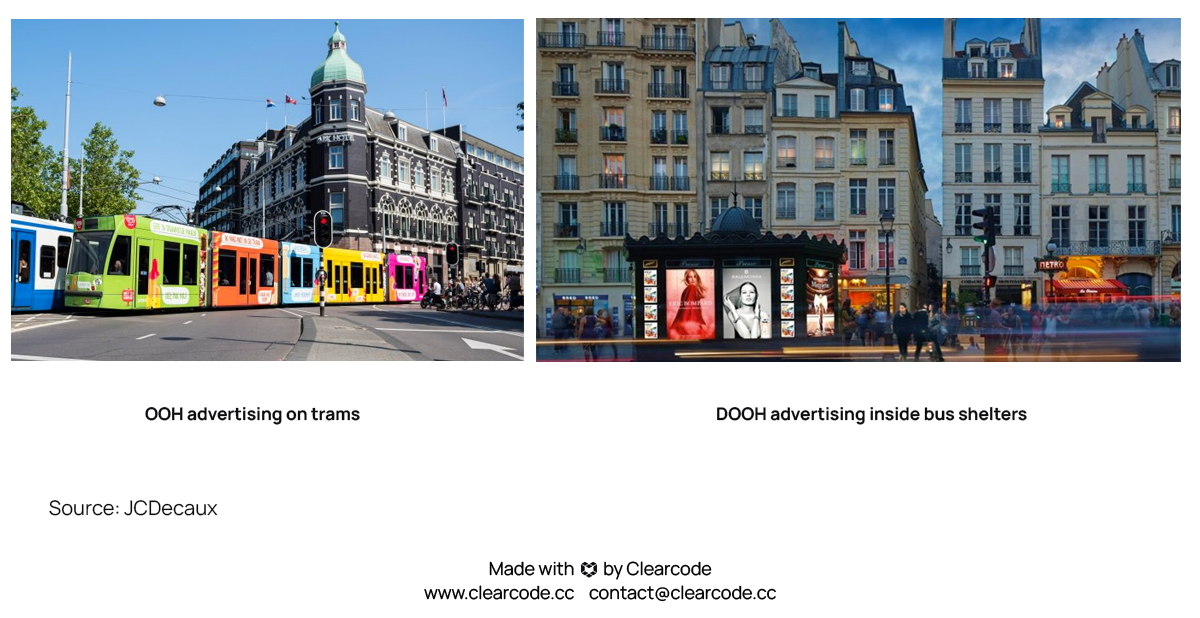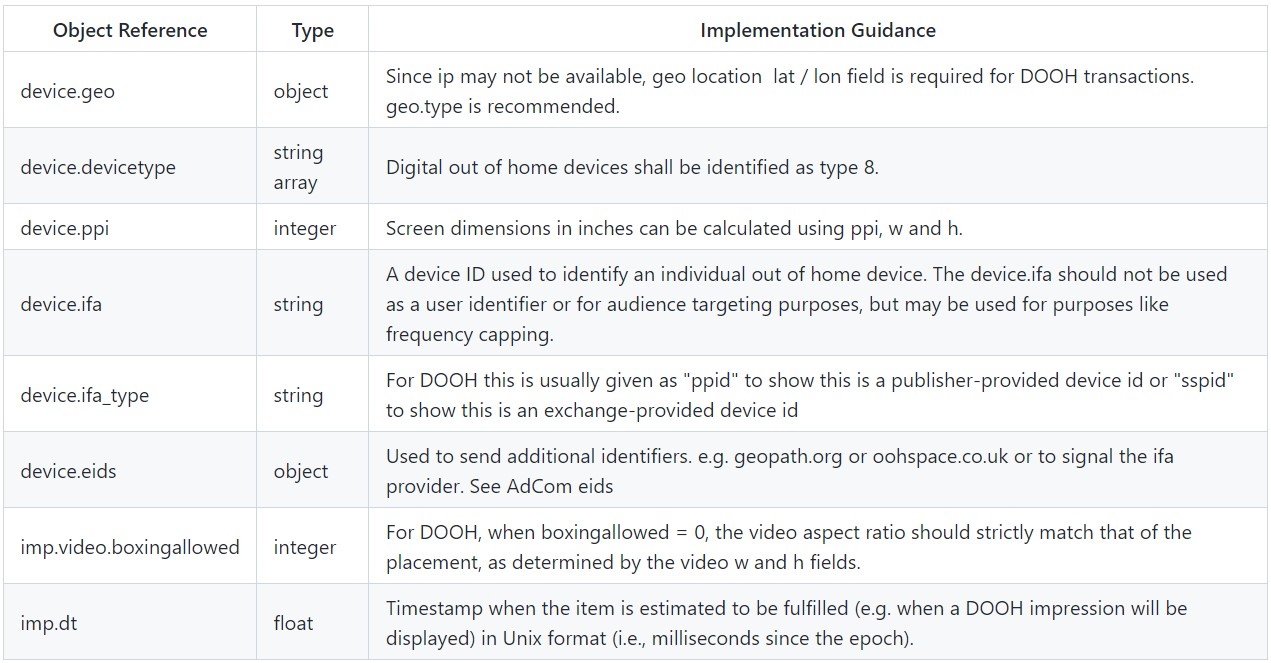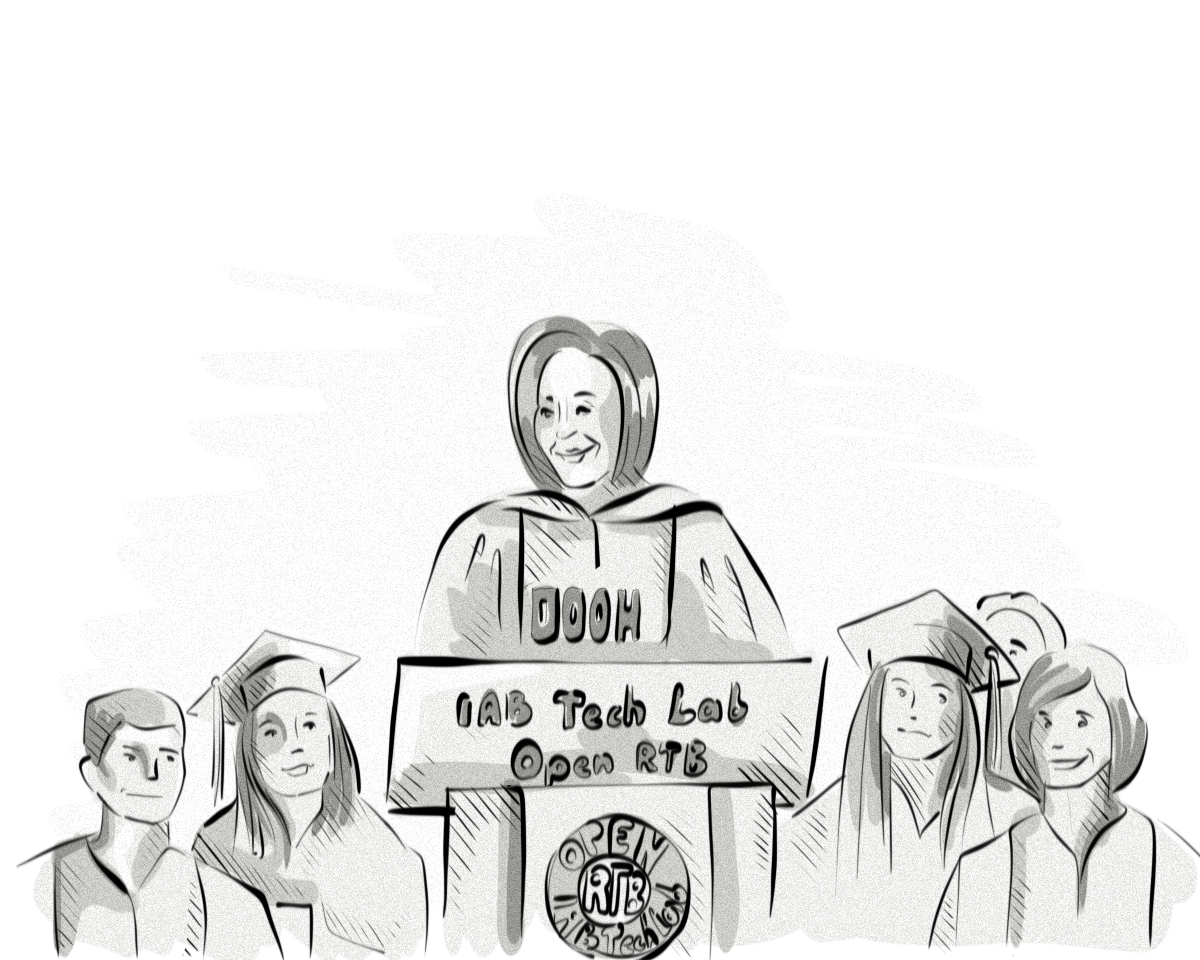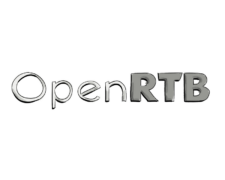Since its inception in November 2010, real-time bidding (RTB) has become one of the most significant advancements of the programmatic advertising industry, allowing advertisers to bid on and purchase individual impressions from thousands of publishers.
While RTB started in web advertising, it has made its way into other digital channels, such as in-app mobile advertising.
More recently, RTB has been adopted in emerging digital channels like digital out-of-home advertising.
In this article, we explain what RTB is, how it works and what its introduction to DOOH means for this channel and the players that operate in it.
Key Points
- The IAB Tech Lab has added support for DOOH advertising in the release of OpenRTB 2.x.
- Various companies have contributed to additional of DOOH in the OpenRTB protocol, including trade organizations like Out of Home Advertising Association of America (OAAA) and Out of Home Advertising Association of United Kingdom (Outsmart), as well as AdTech companies and media owners, including Broadsign, Centro, Clear Channel, Global, Hivestack, JCDecaux, Lamar, Ocean Outdoor, Place Exchange, TheTradeDesk, Triton, Vistar Media, VIOOH, and Yahoo.
- The introduction of the OpenRTB protocol in DOOH has addressed many of the challenges that companies faced with buying, selling and measuring digital out-of-home ads, such as showing one impression to multiple people, reporting issues associated with auction win notifications and ad views, and issues around the location of where DOOH ads are displayed.
- The addition of new objects in Open RTB 2.x means that companies now have a standardized way to communicate and transact with each other when buying, selling and measuring DOOH ads.
What Is the OpenRTB Protocol?
Real-time bidding (RTB) is a media-buying process that allows advertisers to bid on and purchase individual impressions across thousands of publishers, rather than buying a set amount of impressions from one publisher or across dozens of publishers (e.g. 10,000 impressions across 15 publishers).
The technical standard that powers this auction-based process is the OpenRTB protocol, which was developed by 6 pilot companies back in 2010.
Since then, the IAB Tech Lab and its members have been responsible for working on and releasing new updates of the protocol.
The goal of the OpenRTB protocol is to allow advertising technology (AdTech) platforms to communicate between one another using a common language to buy and sell digital media.
We Can Help You Build a AdTech Platform for DOOH
Our AdTech development teams can work with you to design, build, and maintain a custom-built AdTech platform for DOOH for any programmatic advertising channel.
What Is Digital Out-Of-Home (DOOH) Advertising?
Digital out-of-home (DOOH) advertising is a digital advertising channel where advertisements are displayed on digital signage, such as billboards, inside and on top of vehicles, and bus shelters. It is the digital version of the traditional out-of-home (OOH) advertising channel.
Some examples of OOH and DOOH advertising include:

The Main Challenges With DOOH Advertising
While the term “digital advertising” relates to various channels and mediums, not all digital advertising is delivered and measured in the same way.
Digital out-of-home advertising faces a unique set of challenges that are not found in traditional digital advertising channels like web or in-app mobile advertising.
For example, the delivery of digital advertising on websites is done in real-time, with the whole buying and selling process happening as the webpage is loading. With DOOH, it can take up to 2 hours for an ad to be displayed from the time it was purchased.
Below are the main challenges associated with DOOH advertising.
Internet Connection Issues
Because DOOH advertising is often shown in high-traffic areas, the digital panels often experience issues with Internet connectivity due to cell tower congestion as there can be thousands of people connecting to the same cell tower at once.
To overcome this problem, many DOOH display panels sell the ad inventory in advance and store them on the panel, e.g. in a queue or playlist.
This not only impacts ad buying but also measurement and reporting. As a result, it can take up to 2 hours for an ad to be displayed from the time it was purchased.
Because of this delay, the IAB Tech Lab recommends that AdTech companies send the win and billing events separately.
Displaying Multiple Impressions at Once
DOOH ads are displayed in public places, i.e. places where more than one recipient of the advertisement can be present at the same time.
For this reason, the impression rate per ad display used to cause discrepancies in the reports of media buyers and sellers.
The IAB Tech Lab expanded the OpenRTB protocol with new properties, enabling the impressions multiplier dimension, so the reported numbers of impressions should be more precise now.
Geolocation and Location Targeting
To protect the displays from security threats, publishers (i.e. digital display owners) use private IP networks for display content. They display ads and report on the results, including latitude/longitude positions and geo information like address, zip, region, using first-party ad servers and/or CMS systems.
Because they use their own systems, DSPs can’t identify where their ads were displayed with their regular IP address geolocation techniques.
The updated guidelines require OpenRTB transactions in DOOH to include the latitude/longitude field.
Different Ad Sizes
DOOH displays may vary in physical size — from a 32” digital signage inside a shopping mall to a digital display that covers the entire wall of a building. They may also contain additional content that impacts the ad.
The larger the area of the advertising slot is, the more likely the content of the advertisement will reach a greater number of recipients. But it’s not the only factor that impacts the ad. Apart from the different sizes, one has to take into consideration resolutions and aspect ratios as well.
Ad Quality and Approval
Displaying one bad or inappropriate ad to one user isn’t the end of the world, but media owners and/or publishers need to maintain the highest quality of their ads as they are being served to many individuals at once. Otherwise, they would jeopardize their contract or authority to display advertising to networks of screens.
For this reason, the process of ad approval is maintained manually and can take up to a few days to complete.
Different Digital Display Manufacturers
There are no worldwide leading brands selling DOOH screen technology to the market, unlike in the TV and mobile device markets.
Since media owners and/or publishers procure their own screen technology from a broad range of manufacturers, each network has its own unique proprietary device types, IDs, and other properties such as user agent strings.
This makes it hard to identify the different digital displays, which can lead to challenges in identifying bots and fraud.
What Has Been Added to the OpenRTB Protocol for DOOH Advertising?
Even though AdTech companies and media owners have been able to transact DOOH inventory using the OpenRTB protocol for a few years now, there was no standardization.
This meant that every player would have to create a custom integration to facilitate the RTB process, which not only required additional technical resources costing time and money, but also made the whole process fragmented.
The addition of DOOH advertising to the OpenRTB protocol has meant that companies now have a standardized way to communicate and transact with each other.
Below are the key objects for DOOH advertising in OpenRTB 2.x as per the IAB Tech Lab’s implementation notes:

What Does the Addition of DOOH to the OpenRTB Protocol Mean for AdTech?
The goal of the OpenRTB protocol is to improve how AdTech platforms communicate between one another while buying and selling digital media programmatically.
Extending the protocol will allow parties involved in DOOH transactions to address some of the main challenges, meaning they’ll now be able to:
- Receive a more accurate number of available impressions.
- Recognize the approximate position of DOOH devices and digital displays by adding in the latitude/longitude field.
- Receive more accurate reports on when the auction was won and when the ad was actually displayed.
- Easily identify DOOH devices in reports.
- Calculate screen dimensions.
- Add frequency capping to DOOH campaigns.
- Distinguish between publisher- and exchange-provided device IDs.
- Define when the ad will be approximately displayed.
In particular it means improvement in ad targeting and campaigns measurement.
Better Ad Targeting
Prior to adding DOOH to OpenRTB protocol, ad targeting was approximate and inaccurate.
DOOH advertising is not the type of advertising where one can target the ad to a specific individual.
Depending on the information gathered from the surroundings, the ad will probably target a specific demographic group at a specific moment. That’s the element of OOH advertising that won’t change.
Data collected for DOOH targeting and analytics typically comes from:
- Cultural and sporting events.
- Smart sensors and cameras.
- Measurement data from third-party companies.
- Mobile location data from ad exchanges and data brokers.
By adding specific objects to the technical protocol of OpenRTB, it is now more convenient for marketers to plan and analyze more ad campaign parameters; e.g., frequency capping and the time and place of displaying the ads.
Improved Measurement
As smart cities utilize more IoT sensors and data points, advertisers, media sellers and AdTech companies can leverage this in their daily activities.
To measure DOOH media campaign performance, they use mobile data, especially location and event-based data.
With the new objects in the OpenRTB protocol, measurement data is more accurate.
This means that based on data from IoT sensor and mobile data points, advertisers get more precise location information about the DOOH device where the ad was displayed, can extract DOOH devices from other advertising points (for instance, if the advertiser runs an omnichannel campaign), and estimate how big the screens were that displayed the ad.
How Can AdTech Companies Add the OpenRTB Protocol to Their Platforms?
The OpenRTB protocol is a JSON file that allows 2 applications to communicate with each other in a common language.
In order to add the OpenRTB protocol to your AdTech platform or digital display system, you need to understand how the OpenRTB protocol works and what the various objects mean.
Our AdTech development teams have set up dozens of OpenRTB integrations with various AdTech platforms and systems.
To find out how we can help you add RTB capabilities to your AdTech platform or system, get in contact with our team.
We Can Help You Build a AdTech Platform for DOOH
Our AdTech development teams can work with you to design, build, and maintain a custom-built AdTech platform for DOOH for any programmatic advertising channel.






